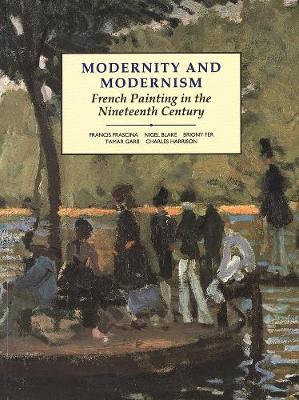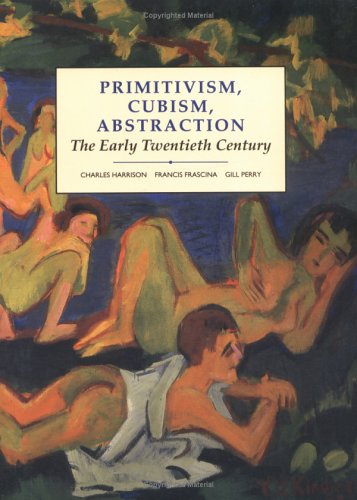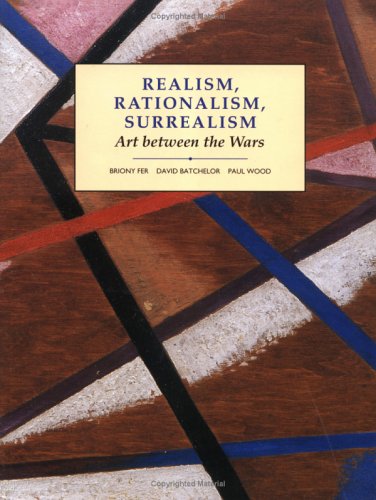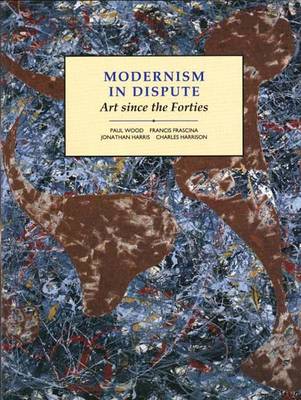Open University: Modern Art - Practices & Debates
4 primary works
Book 1
Modernity and Modernism
by Francis Frascina, Tamar Garb, Nigel Blake, Briony Fer, and Charles Harrison
Published 24 February 1993
This first volume in the series focuses on aspects of Realism, Impressionism, and Post-Impressionism in Paris between 1848 and 1900. Discussing works by Courbet, Manet, Monet, Pissarro, Cezanne, Morisot, and other great painters of the period, the authors demonstrate how some historians view this art as representative of the social, historical, and economic circumstances in which it was produced, how the painterly effects of the art are evaluated, and how a feminist perspective can help to explain art works and change our perception of them.
Book 2
Primitivism, Cubism, Abstraction
by Gillian Perry, Francis Frascina, and Charles Harrison
Published 26 May 1993
This volume is part of a four-volume series about art and its interpretation in the 19th and 20th centuries. The books provide an introduction to modern European and American art and criticism that should be valuable both to students and to the general reader. The book presents a survey of art from the first two decades of the 20th century. The authors begin by exploring how aspects of the primitive were invoked by rural artists' colonies formed in France and Germany at the end of the 19th century and by the work of the Fauves and the German Expressionists a few years later. The book then develops an analysis of Cubist works based on semiotic theory, considering the social and cultural values encoded in such signifying systems, and investigating the relationship between representation and ideology. The final chapter considers some problems of interpretation and evolution posed by specific examples of abstract art ranging from Malevich to Mondrian.
Book 3
Realism, Rationalism, Surrealism
by David Batchelor, Briony Fer, and Paul Wood
Published 23 June 1993
This volume is part of a four-volume series about art and its interpretation in the 19th and 20th centuries. The books provide an introduction to modern European and American art and criticism that should be valuable both to students and to the general reader. The book begins by considering responses by French artists to the World War I, showing how Purism, Dada, and early Surrealism are related to the ethos of post-war reconstruction. The authors then discuss the language of construction in places as dissimilar as France, Germany and the Soviet Union; the contrasting demands of the utility and decoration of objects and paintings; and the relationship of Surrealism to questions of sexuality and gender and to Freudian theory. The book concludes by addressing the widespread debate over realism in art: whether it represents an alternative to the elitism of the avant-garde or whether avant-garde art should play a role in the development of a modern realism.
Book 4
Modernism in Dispute
by Paul Wood, Jonathan Harris, Francis Francina, and Charles Harrison
Published 22 September 1993
This, the final volume in this series discusses how American art evolved from the social realism prevalent during the 1930s to a predominantly abstract art after the war, relates this change to America's growing economic and political dominance of the post-war world, and constrasts the abstraction of American art with the persistently realistic art of France. The authors then review the era of high Modernism in the 1960s and the challenge to Modernism by movements such as Minimal art, Land art, and Conceptual art, and they consider the moves to develop an art of overt social purpose in the wake of widespread criticism of Modernist claims for the autonomy of art. The book concludes by considering the implications of the Postmodernism debate for the practice of art today.



